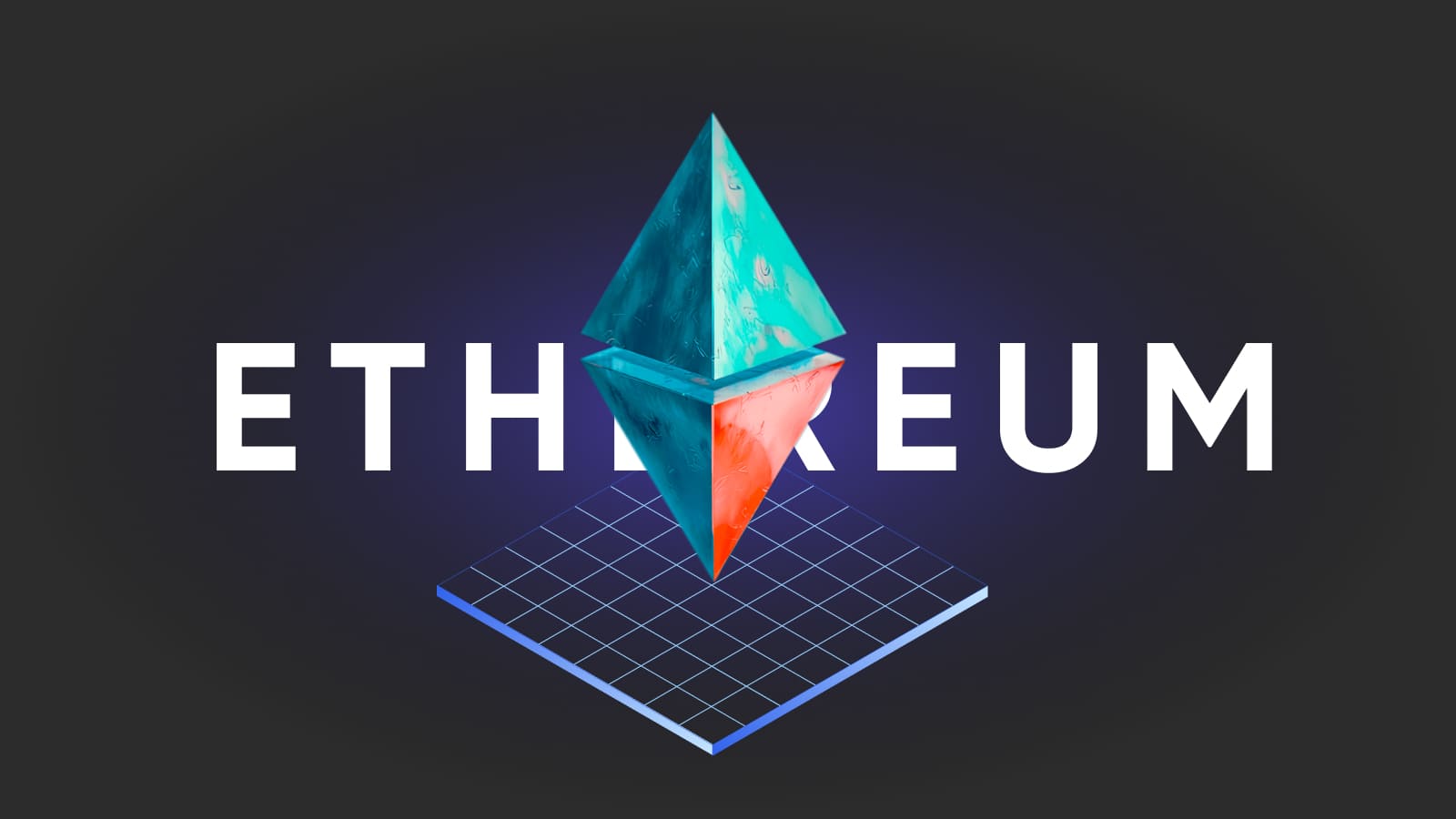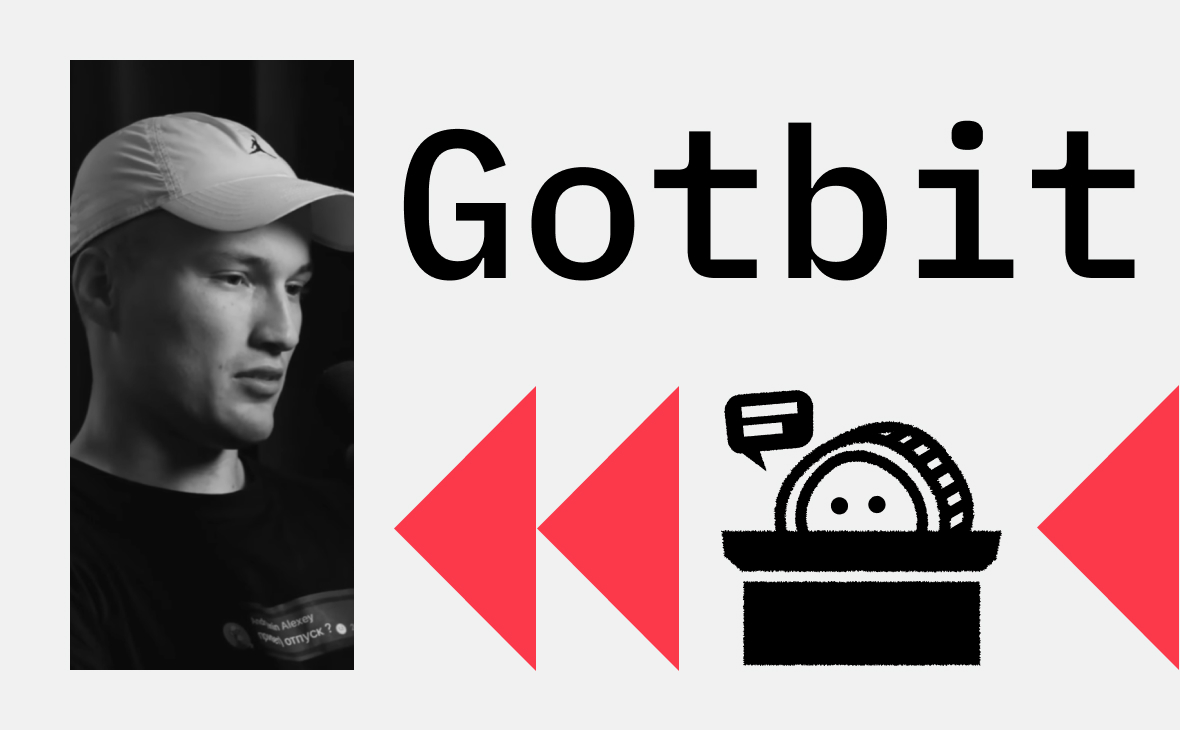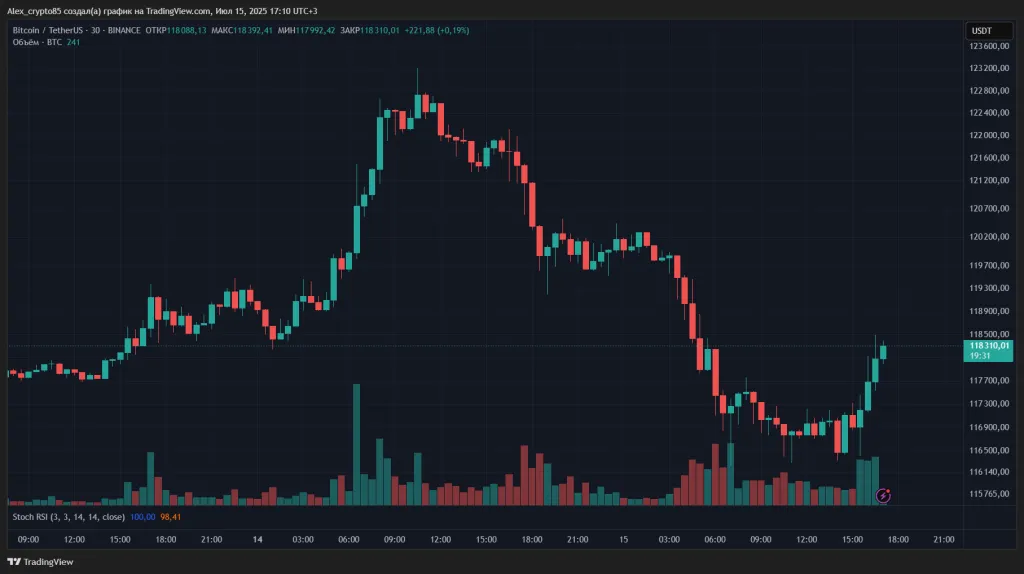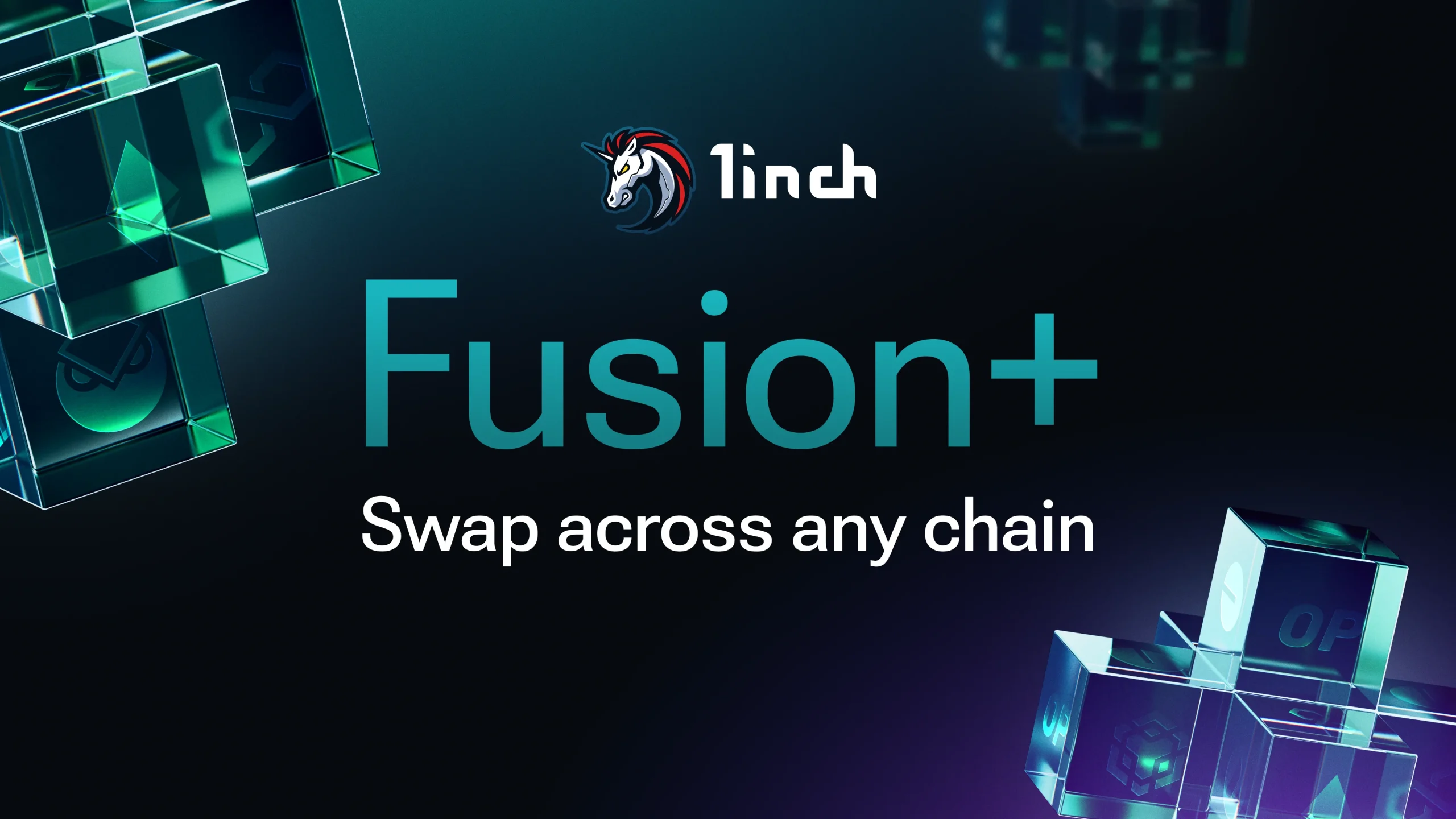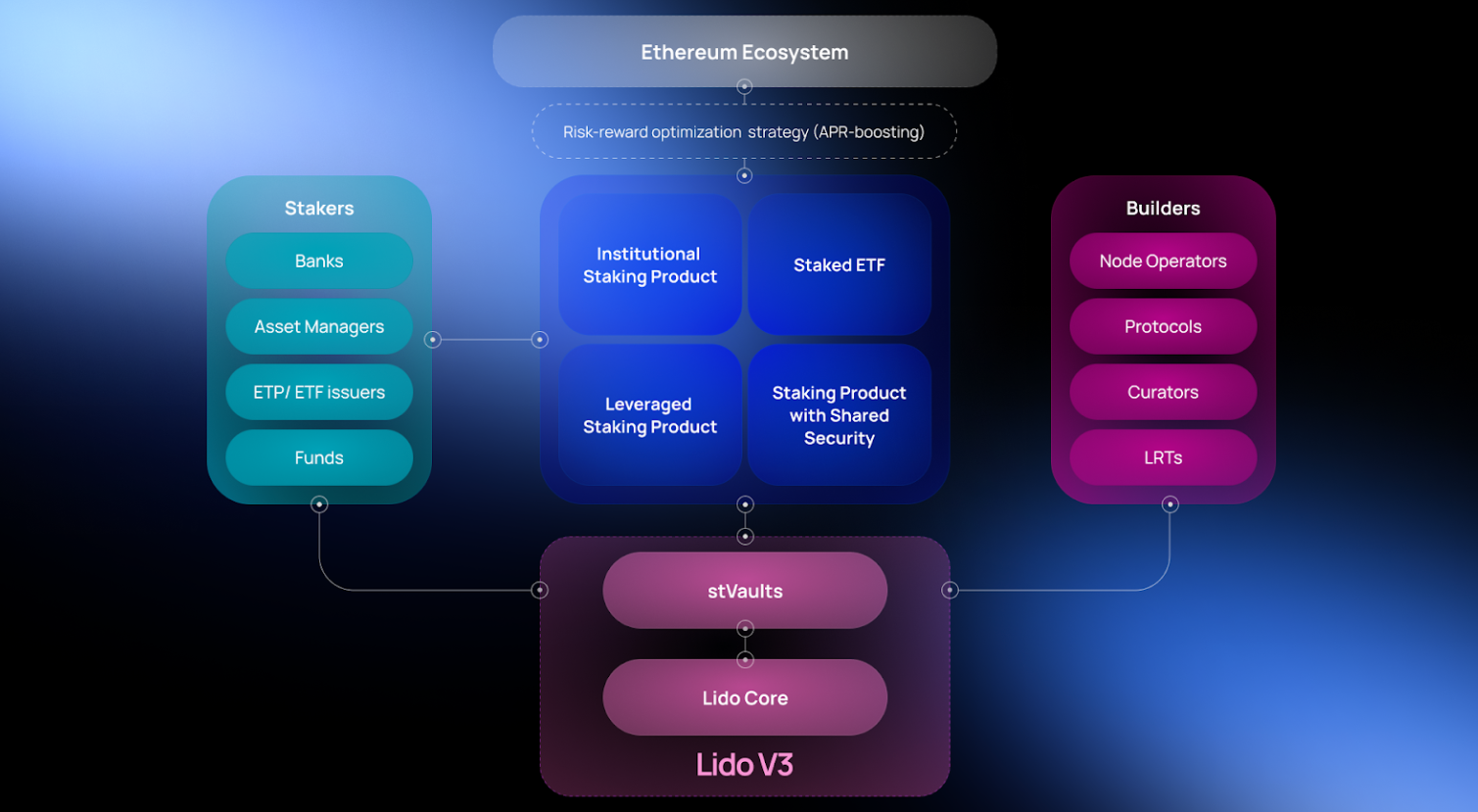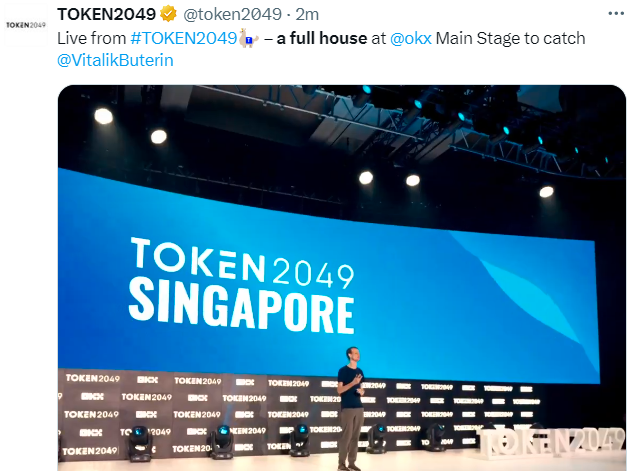Over the past 24 hours, the total transaction fees generated on the Ethereum network have dropped to their lowest level since September 2024, reaching $731,472. This marks the first time in five months that the figure has fallen below $1 million.
Previously, such low levels were recorded between August 17 and September 8 last year, and before that—in November 2020.
Since April 2024, Ethereum’s supply has been steadily increasing, ending the deflationary period that began after the activation of The Merge. Amid declining on-chain activity, the total supply of ETH has already surpassed September 2022 levels.
The Merge marked Ethereum’s full transition from energy-intensive Proof-of-Work mining to the Proof-of-Stake consensus mechanism.
Back in August 2021, the London hard fork introduced several key updates, including EIP-1559. This proposal changed the transaction fee model by partially burning fees based on network congestion, reducing gas price volatility. During periods of high network activity, the amount of ETH burned could exceed newly issued tokens, making the asset deflationary.
Vitalik Buterin has been actively promoting Ethereum’s scaling strategy through Layer 2 (L2) solutions, which has reduced congestion on the main network and partially stabilized gas fees. However, developers have raised concerns about interoperability challenges and potential ecosystem fragmentation.
Despite the recent Dencun upgrade, which improved scalability by introducing a new transaction type for handling large binary data sets (BLOBs), user activity continues shifting to L2 solutions. Analysts at JPMorgan argue that this trend weakens Ethereum’s base layer.
Meanwhile, competitors like Solana, Tron, and Base continue to gain traction.
Previously, Ethereum developer Justin Drake described ETH as “ultra-sound money”, contrasting it with Bitcoin, which he believes has become obsolete.
